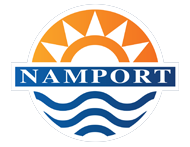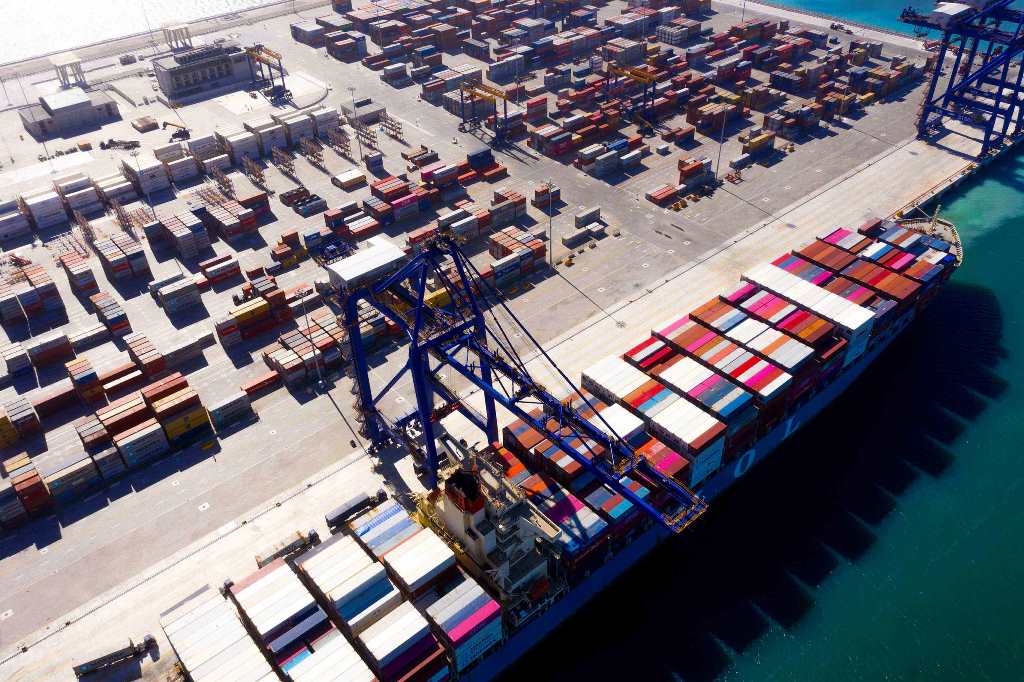For the financial year 2020/2021 year, the shipping industry globally is experiencing a shortage of empty containers and Southern African ports have not been spared. The knock-on effect from the COVID-19 pandemic has hamstrung exports and imports of cargo worldwide.
The crisis has ascended, firstly due to the decrease in the number of available containers; secondly, most ports were congested as the number of labourers were reduced. Thirdly, a drop in the number of ships operating, and fourthly, the impact of consumer buying patterns as societies experienced rolling lockdowns and uncertainty about their employment, severely hindered the shipping liner business.
Namport continues to work closely with stakeholders in order to alleviate the shortage as best we can. The disruption of the empty container shortage is pre-empted to subside, as from June 2021. However, our efforts to curb the shortfall of empty containers continues to hamper clients’ businesses.
Namport continues to increase cargo handling volumes year on year
 Namport continues to increase its share of cargo handling and position itself as the preferred gateway for the SADC market. The cargo handling volumes increased despite the ongoing COVID-19 pandemic.
Namport continues to increase its share of cargo handling and position itself as the preferred gateway for the SADC market. The cargo handling volumes increased despite the ongoing COVID-19 pandemic.
The overall cargo volumes handled at both Namibian ports increased by 633,830 tonnes or eleven percent (11%) in comparison to the previous financial year (1 April 2019 – 31 March 2020) respectively.
The TEU’s (containerized boxes) handled over the year ended 31 March 2021 increased year on year by 7,338 TEU’s or five percent (5%) on the back of increased transhipment volumes. The surge of transhipment volumes was due to the disruption in carrier networks resulting in vessels being re-routed to the Port of Walvis Bay.
The bulk and break-bulk volumes also increased by 498,733 tonnes or fourteen percent (14%) in comparison to the previous financial year ended (1 April 2019 – 30 March 2020).
The commodities which recorded the largest increases are copper, charcoal, bagged salt, fish and fish products, petroleum, wheat, vehicles, sulphur and manganese ore. Overall, we remain positive about the medium to long-term prospects of the business.
We anticipate the growth trajectory to remain for a while, premised on focused marketing efforts, operational efficiency enhancement and the containment of costs.



